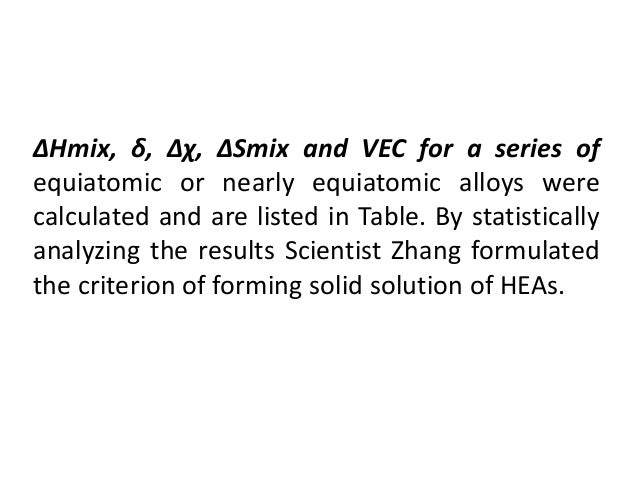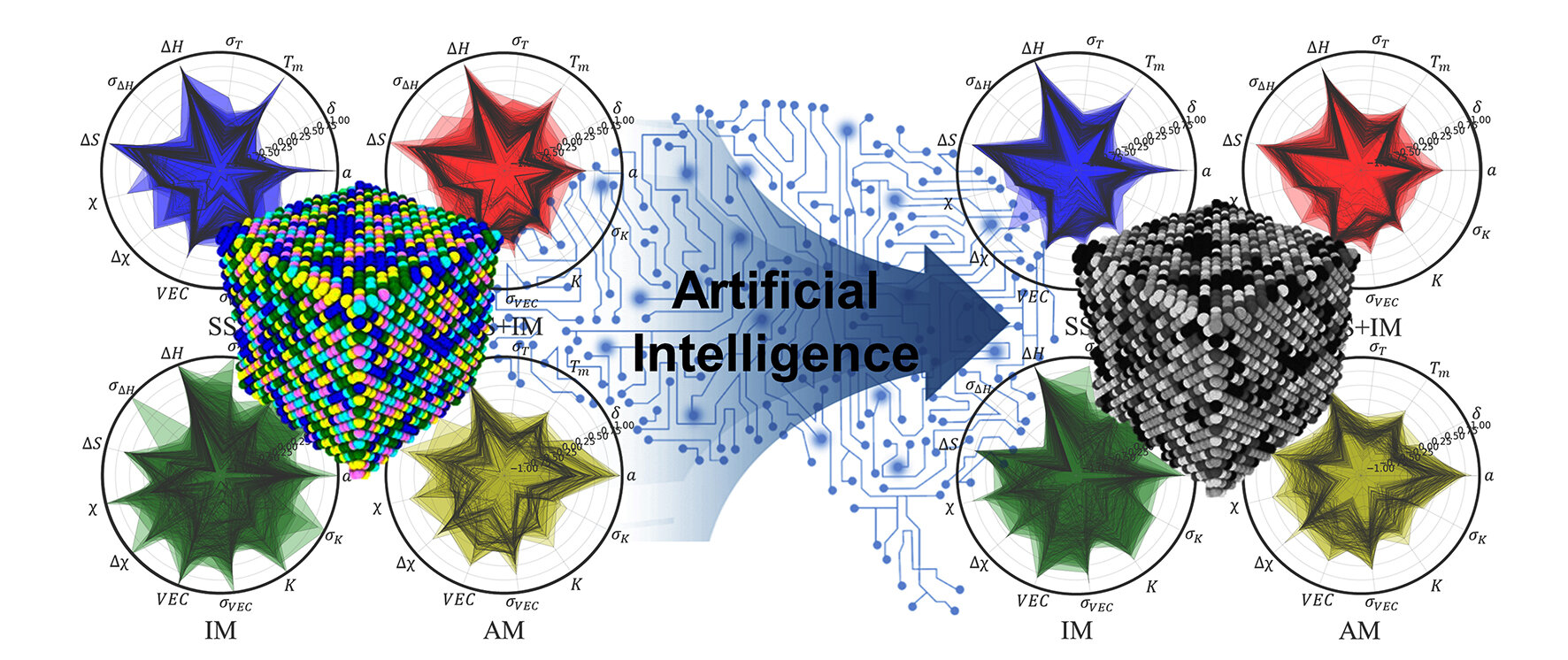
Some key benefits of high entropy alloys are: Material improvements and technological advancements in the mode of synthesis led to the discovery of high entropy alloys. However, failure of these materials has been inevitable because of extreme operating temperatures, cyclic and translational movement of the part, mode of fabrication of parts and nature of the material. On the other hand, Ti-6Al-4V and other titanium alloys including nickel superalloys, chromium super alloys, tantalum and rare earth metallic alloys are used for their ability to withstand high temperatures, low density and lightweight. Aluminum alloys were at a point fascinating to use on aero engines due to its low density but the inability to withstand elevated temperatures limited its applications. However, a lot of strength is required for the steel to reduce the weight of its parts and the fracture mechanism of the material are not well understood reducing its usage for aerospace applications.

The avionic trade utilizes low-alloy steels, maraging steels and highly alloyed secondary stainless steels in commercial and military aircraft for their resistance from erosion, oxidation and the capacity to withstand high temperatures. Consequently, the aero engine material distribution comprises steels, titanium alloys, nickel superalloys, aluminum alloys and more recently high entropy alloys. The choice of material relies upon the working conditions and an ideal alloy that could withstand an environment with extreme temperatures while lightweight. Contemporary innovative advances and evolution in the aerospace industry require improvement and application of structural materials that would provide higher performance and will be cost-effective in fabrication and maintenance compared with existing parts.

In recent years, the aeronautic trade demands the advancements of new material for the aero-engine components characterized by thrust, weight, safety, fuel utilization, life cycle costs and environmental necessities. There are three major components of the turbine engine the compressor, the combustor, the turbine blade and the nozzle. Nevertheless, Laser Engineering Net Shaping (LENS™) and Selective Laser Melting (SLM) a powder-based laser additive manufacturing process offers versatility, accuracy in geometry and fabrication of three-dimensional dense structures layer by layer avoiding production errors. However, the challenges of heating the elements together have the tendency to form hypoeutectic that separates itself from the rest of the elements and defects reported are introduced during the casting process. Researchers fabricate most of these materials using formative manufacturing technologies arc melting. This attribute allows suitable alloying elements to increase the properties of the materials based on four core effects, which gives tremendous possibilities as potential structural materials in jet engine applications.

These alloys are materials with complex compositions of multiple elements and striking characteristics in contrast to conventional alloys their high configuration entropy mixing is more stable at elevated temperatures. High entropy alloys (HEAs) characterize the cutting edge of high-performance materials. Therefore, the parts produced must be lightweight and have good elevated-temperature strength, fatigue, resistant to chemical degradation, wear and oxidation resistance.
#High entropy alloys crack#
In the aerospace industry, materials used as modern engine components must be able to withstand extreme operating temperatures, creep, fatigue crack growth and translational movements of parts at high speed.


 0 kommentar(er)
0 kommentar(er)
